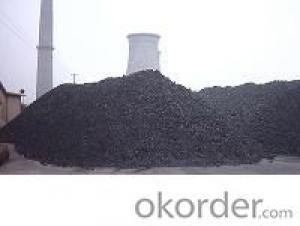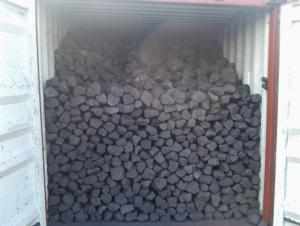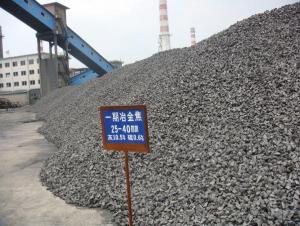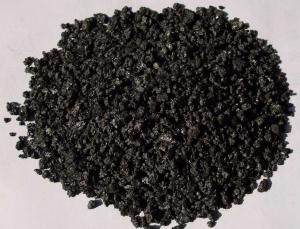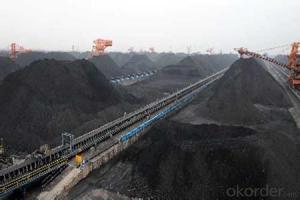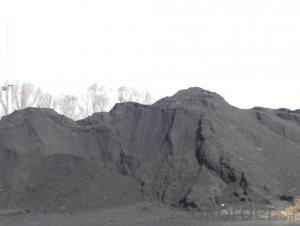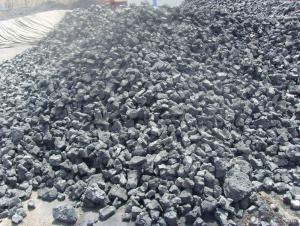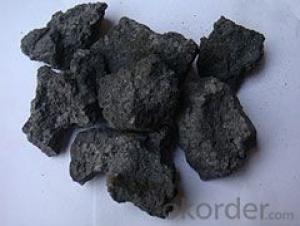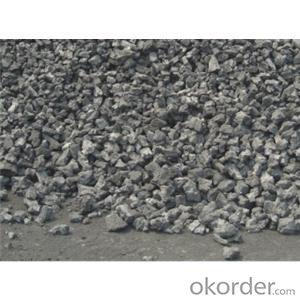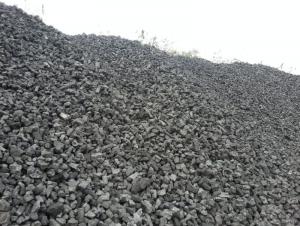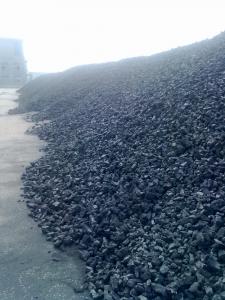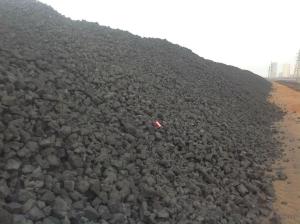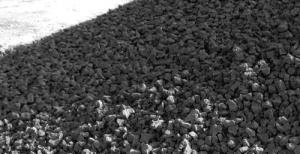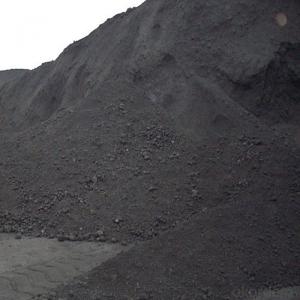CSR55 MET COKE
- Loading Port:
- China Main Port
- Payment Terms:
- TT OR LC
- Min Order Qty:
- -
- Supply Capability:
- -
OKorder Service Pledge
Quality Product, Order Online Tracking, Timely Delivery
OKorder Financial Service
Credit Rating, Credit Services, Credit Purchasing
You Might Also Like
CSR55 MET COKE
Parameters | Guarantee |
Moisture (ARB) | 5% max |
Ash (DB) | 12.50% max |
Volatile Matter (DB) | 1.4% max |
Sulphur (DB) | 0.7% max |
Phosphorus (DB) | 0.035% max |
CSR | 55% min |
CRI | 30% max |
M40 | 82% min |
M10 | 8% max |
Size 30-90 mm – 90% min | ON SQUARE MESH SCREEN |
+90 mm | 5% max |
-30mm | 5% max |
Mean Size | 52 mm |
- Q: What is the density of coke?
- Do you want to transport by rail? Ha ha, you might as well ask the freight forwarding clerk, he / she will tell you the various models of the volume and the weight can be installed, the conversion of the density of the pile is more accurate.
- Q: Coke is how to participate in the steel, and the pellets, sintering, a piece of the furnace in the furnace or in other containers
- To be exact, you don't need coke for steelmaking, you say that it's iron making
- Q: Used in a restaurant?Dry or dry carbon carbon, coke or coke, and I do not know which word is a word of this sound. The use of coke for iron making. They are more than 1000 yuan price.The main problem is: dry carbon is coke?Toxic smoke, then the chimney can not do? Can I use the blower?
- Coke is bituminous coal in the absence of air is heated to 950-1050 DEG C, after drying, pyrolysis, melting, bonding, curing and contraction of the final stage of this process is made of coke, coking high temperature (high temperature carbonization). Coke obtained from high temperature coking for blast furnace smelting, casting and gasification. Coke oven gas produced in the process of coking and recovery is not only a high calorific value of fuel, but also an important industrial raw material for organic synthesis.
- Q: Coking coal, coke, coal, steam coal what is the difference?
- Coke is used for blast furnace ironmaking and iron ore in the steel furnace to play the role of the heating skeleton to support reducing agent
- Q: What are the uses of these early industrial iron and steel? Any difference?What kind of carbon do we eat in the middle of a long strip of carbon?
- Coke:The utility model is mainly used for blast furnace ironmaking and smelting of blast furnace for non-ferrous metals such as copper, lead, zinc, titanium, antimony, mercury, etc.. The use of coke instead of charcoal in the blast furnace has laid the foundation for the large-scale development of modern blast furnaces and is a major milestone in the history of metallurgy. In order to achieve better technical and economic indexes of blast furnace operation, the coke (metallurgical coke) must have proper chemical and physical properties. In addition to a large number of coke used in iron smelting and non-ferrous metal smelting (metallurgical coke), but also for casting, chemical, calcium carbide and iron alloy, the quality requirements are different. Such as foundry coke, generally require large size, low porosity, high fixed carbon and low sulfur; chemical gasification, strict requirements for strength, but requires good response, high ash melting point; calcium carbide and coke production requirements to improve the fixed carbon content.
- Q: What is the difference between coal and coke, heat, price, pollution, smoke, odor. Thank you experts answer
- Coal is the raw material that has not been treated by coking. Not every kind of coal for coke, according to the different requirements of the different kinds of coal
- Q: What kind of coke is needed for smelting special steel
- 3) skeleton: smelting process in blast furnace is gas rise and decline occurred in the opposite charge of movement and interaction, the core permeability is the key operation of blast furnace. In the upper column, gas flow distribution of coke layer; in the middle of the column material, the coke from the skeleton effect, support has been melting the iron ore, the normal gas rise; in the lower column, high temperature in the solid massive existing coke and has become liquid hot metal and slag mixed together, become loose skeleton gas rising and falling iron and slag.
- Q: What is the essential difference between coal and coke?
- Coke]Coke is bituminous coal in the absence of air is heated to 950-1050 DEG C, after drying, pyrolysis, melting, bonding, curing and contraction of the final stage is made, the process is called high temperature coking (high temperature carbonization). Coke obtained from high temperature coking for blast furnace smelting, casting and gasification. Coke oven gas produced in the process of coking and recovery is not only a high calorific value of fuel, but also an important industrial raw material for organic synthesis.Coke is mainly used in blast furnace ironmaking and smelting of non-ferrous metals such as copper, lead, zinc, titanium, antimony, mercury and so on. The use of coke instead of charcoal in the blast furnace has laid the foundation for the large-scale development of modern blast furnaces and is a major milestone in the history of metallurgy. In order to achieve better technical and economic indexes of blast furnace operation, the coke (metallurgical coke) must have proper chemical and physical properties. In addition to a large number of coke used in iron smelting and non-ferrous metal smelting (metallurgical coke), but also for casting, chemical, calcium carbide and iron alloy, the quality requirements are different. Such as foundry coke, generally require large size, low porosity, high fixed carbon and low sulfur; chemical gasification, strict requirements for strength, but requires good response, high ash melting point; calcium carbide and coke production requirements to improve the fixed carbon content.
- Q: What are the requirements for the quality of coke in blast furnace smelting
- Evaluation of coke quality1, sulfur content in coke: sulfur is a harmful impurity of iron smelting, which reduce the quality of pig iron. The sulfur content in the pig iron is more than 0.07%. 11% of the sulfur from the blast furnace charge into the furnace comes from the ore, and the other comes from the limestone; the other is from the coke, so the coke is the main source of sulfur in the charge of the 82.5% of the charge. Sulfur content in coke directly affects the production of blast furnace. When the sulfur content in coke is greater than 1.6%, sulfur increased 0.1%, the amount of coke increased 1.8%, limestone amount increased 3.7%, 0.3% increase in amount of ore blast furnace output to reduce the sulfur content under 1.5 - 2.0%. metallurgical coke is not greater than 1%, the use of large and medium-sized metallurgical coke content in blast furnace is less than 0.4 - 0.7%.2, the phosphorus in the coke: iron metallurgical coke coke content should be in the following 0.02 - 0.03%.3, the ash content of coke: Coke Ash on the impact of the blast furnace smelting is very significant. Coke ash increased by 1%, coke consumption increased by 2 - 2.5%, therefore, the reduction of coke ash is very necessary.
- Q: Coke in the whole process of steelmaking in the end is what to do, just to provide heat or carbon and other substances into steel or iron?In the study of coal classification inside, one is divided into coking coal, coking coal and coke as main, and then you see is steel or iron coke must material. What is not clear. In the end, out of coal mining is mainly used to burn energy extraction, or said that coal like oil can be converted into other products, which is a coke can convert?
- It is necessary to add coke, pellet, sinter ore, ore and other materials into the blast furnace in a certain proportion, batch and sequence, and then to produce molten iron in the reducing atmosphere of the blast furnaceAfter the hot metal to steel in converter against the general converter, scrap also need to add a certain amount of used to balance the heat. Hot metal and scrap are added to the converter after the oxygen lance for oxygen operation, the oxidation of oxygen to carbon in liquid iron, silicon, manganese, phosphorus, sulfur and some non-metallic inclusions to form steel. Adding lime, dolomite, iron oxide and mine slag and coolant is needed in oxygen at the same time. After the completion of steel smelting in the tapping process according to different requirements with the corresponding iron alloy steel, after also refining process.
Send your message to us
CSR55 MET COKE
- Loading Port:
- China Main Port
- Payment Terms:
- TT OR LC
- Min Order Qty:
- -
- Supply Capability:
- -
OKorder Service Pledge
Quality Product, Order Online Tracking, Timely Delivery
OKorder Financial Service
Credit Rating, Credit Services, Credit Purchasing
Similar products
Hot products
Hot Searches
